News Desk
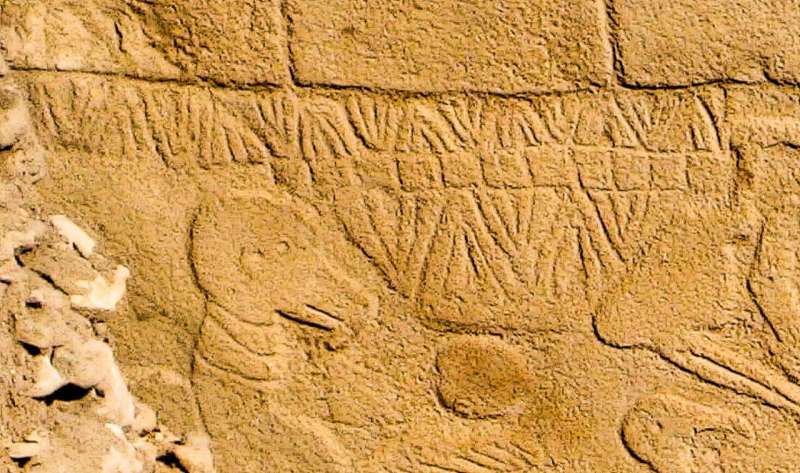
Markings on a stone pillar at a 12,000-year-old archaeological site in Turkey likely represent the world’s oldest solar calendar, created as a memorial to a devastating comet strike, experts suggest. The research was published in Time and Mind.
:focal(1750x1175:1751x1176)/https://tf-cmsv2-smithsonianmag-media.s3.amazonaws.com/filer_public/97/36/973642de-8855-4633-93eb-3facdabad0ea/gettyimages-853018002.jpg)
But now, in a study published in July in the journal Science, researchers suggest Homo sapiens migrated from the African continent in several waves, interbreeding with Neanderthal populations as early as 250,000 years ago.
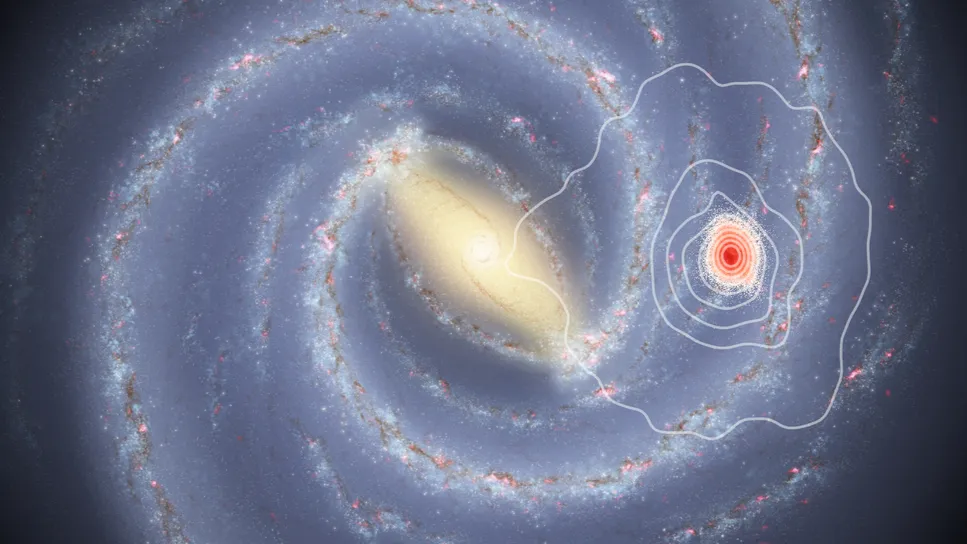
Researchers using the Gaia space telescope studied some ancient stars near the sun, revealing that our corner of the Milky Way may be billions of years older than once thought. See their findings in the pre-print arXiv server earlier this year.
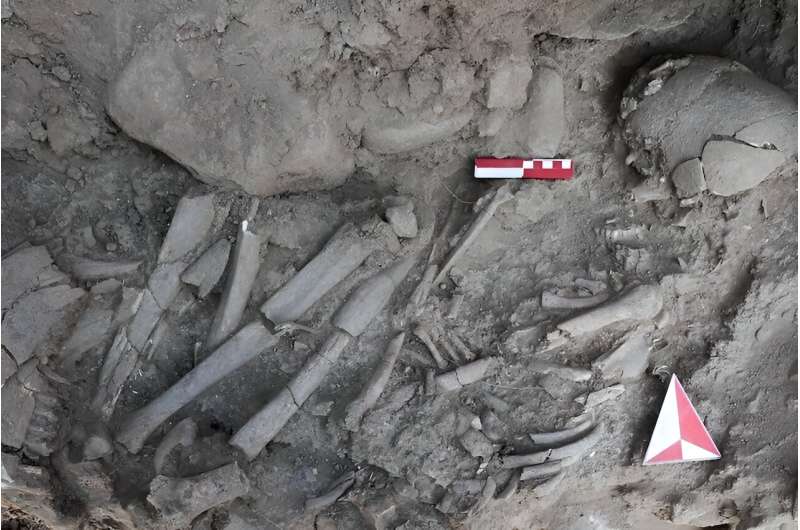
A small team of archaeologists in the Republic of Türkiye has identified a woman who was buried approximately 12,000 years ago in a neolithic settlement now called Çemka Höyük as a possible shaman. Their paper has been published in the journal L’Anthropologie.
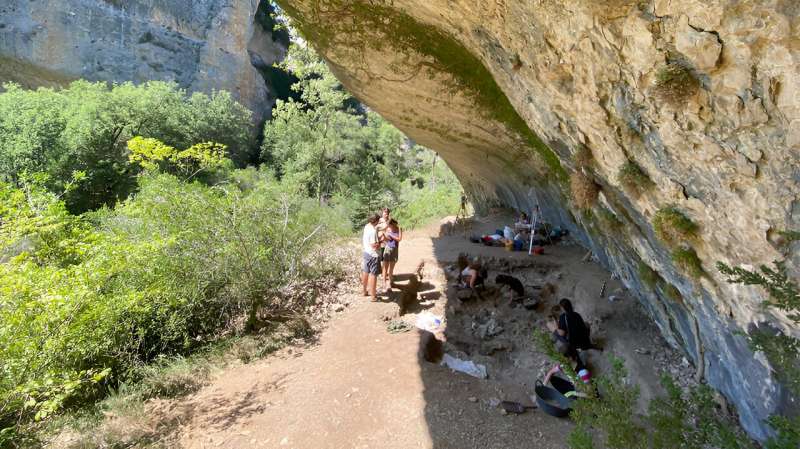
Researchers from the UAB and the University of Zaragoza who have carried out the first extensive excavation campaign of the Huerto Raso site (Huesca) have made new discoveries that reinforce the hypothesis of its occupation during the ancient Neolithic, more than 7,000 years ago.

Researchers say they’ve recovered one of the world’s oldest known dinosaurs after heavy rains exposed a Herrerasaurid skeleton in southern Brazil.
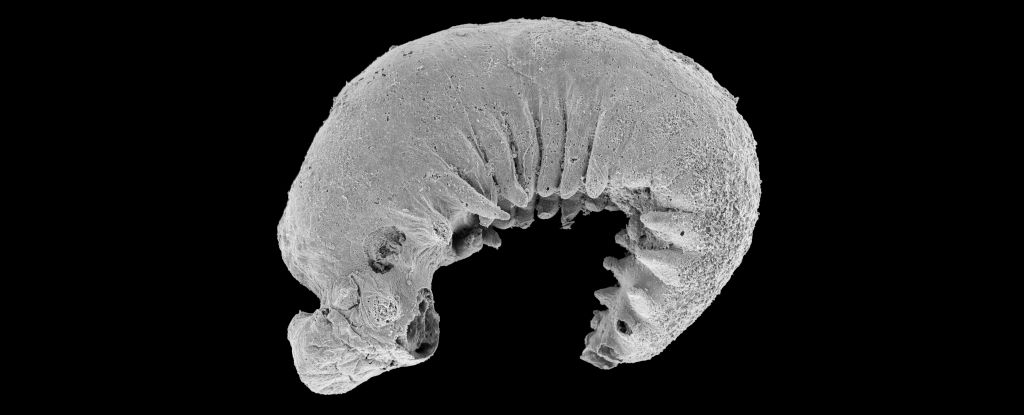
Every now and again, our planet ponies up a fossil so spectacular that almost all you can do is gape in wonder. The research has been published in Nature.

Archaeologists in Turkey have discovered and deciphered a 3,500-year-old clay tablet, finding that it details a shopping list for a “large amount” of furniture that’s not so different from today’s inventory.
Indigenous peoples in South America – primarily in Peru, Brazil and other parts of what is considered the Upper Amazon – have been using ayahuasca for medicinal and religious purposes since at least 900 B.C.E. Hieroglyphic paintings depict the use of the sacred brew in a ceremony from the period of 900-250 B.C.E. Western interest in ayahuasca, however, has created some challenges for local Indigenous communities.
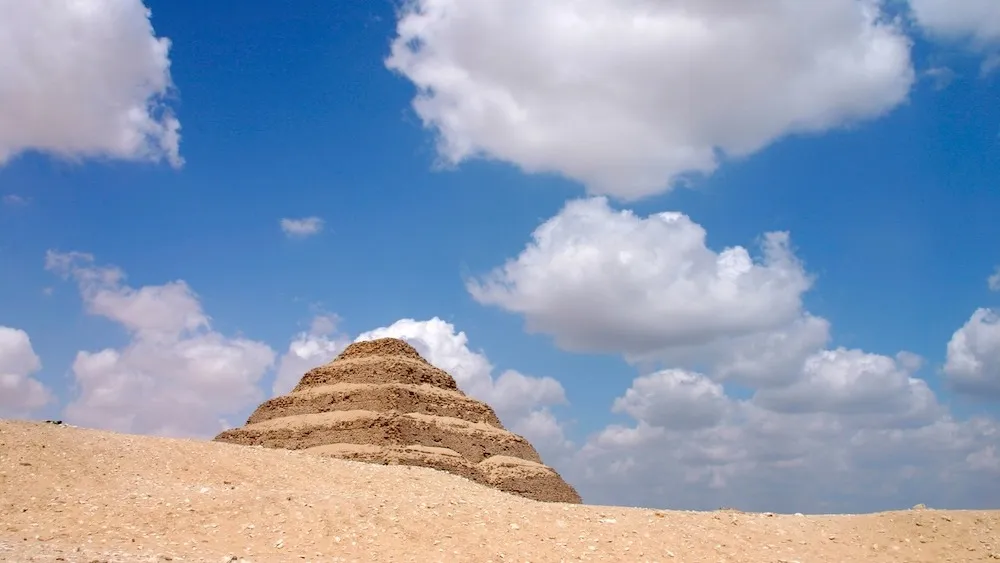
Known as the Pyramid of Djoser, the six-tiered, four-sided step pyramid was built around 4,700 years ago on the Saqqara plateau, an archaeological site in northern Egypt, according to research posted to ResearchGate on July 24. The research has not yet been published in a peer-reviewed journal.
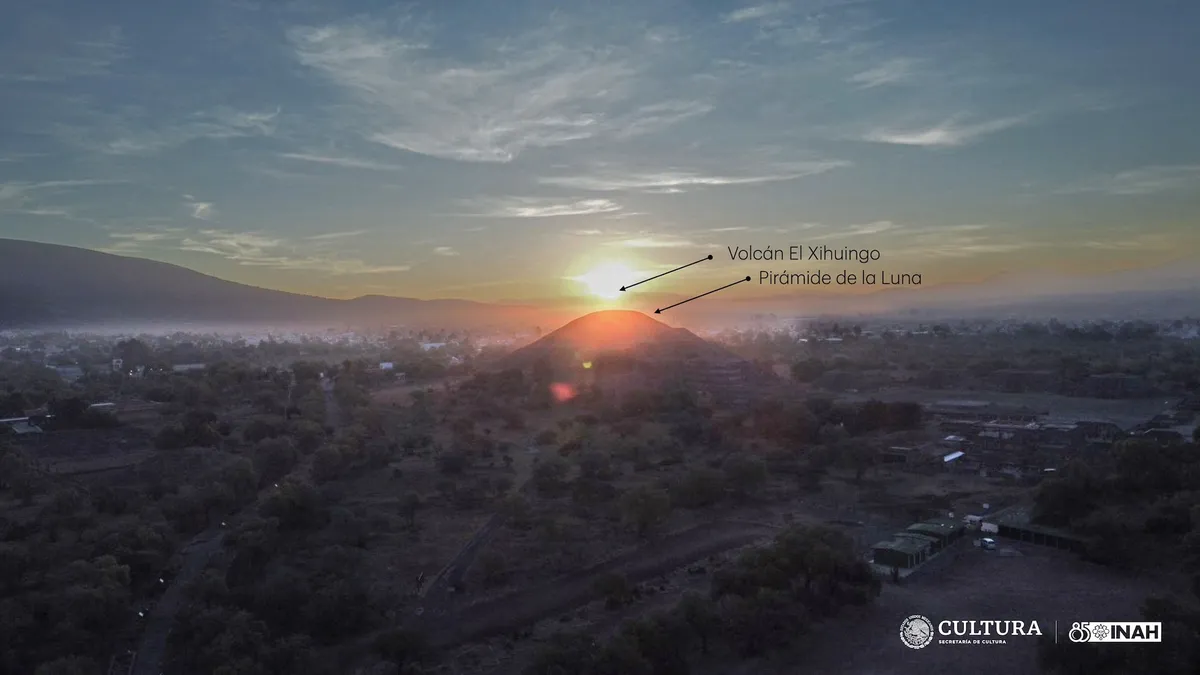
The “Pyramid of the Moon” at Teotihuacán, the site of an ancient city near modern-day Mexico City, is aligned with the sun on the summer and winter solstices, a research team in Mexico says. However, not all experts agree with the assessment. The team is writing a book that will include the results of their research. Additionally, they have released a documentary on their findings.
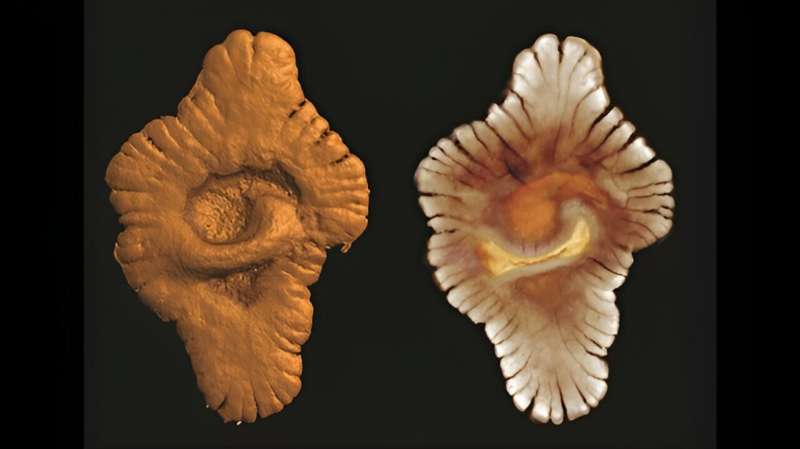
Until now, scientists broadly accepted animals first emerged on Earth 635 million years ago. But a team, led by Cardiff University, has discovered evidence of a much earlier ecosystem in the Franceville Basin near Gabon on the Atlantic coast of Central Africa over 1.5 billion years earlier. Their study is presented in Precambrian Research.

Mark Twain wrote that “Man is the only animal that blushes – or needs to”. New research seems to have proved him wrong, however, with the discovery that hens have the capacity to blush and use other forms of facial expression.

Recent studies led by the University of Melbourne have revealed that the Palawa people’s ancient land stewardship techniques have profoundly shaped the landscape of western Lutruwita, within the traditional territories located in Tasmania. The research, published in Quaternary Science Reviews…
New research has found that psilocybin reduces alcohol consumption in rats by altering specific brain pathways, particularly in the left nucleus accumbens…The study has been published in the journal Brain.

Chugging quietly away in the dark depths of Earth’s ocean floors, a spontaneous chemical reaction is unobtrusively creating oxygen, all without the involvement of life. This unexpected discovery upends the long-standing consensus that it takes photosynthesizing organisms to produce the oxygen we need to breathe. This research was published in Nature Geoscience.








